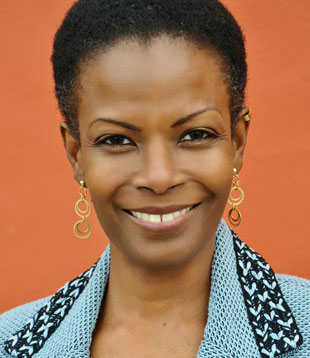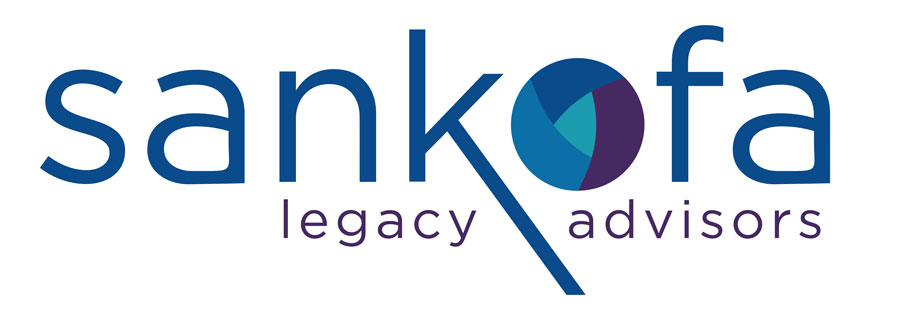In Addition to Good Communication, Learn to Skillfully Navigate Relationship Triangles
 By Thomasina Williams of Sankofa Legacy Advisors
By Thomasina Williams of Sankofa Legacy Advisors
Recognize any of these scenarios?
- Joyce is upset with her boss. Rather than talk with her boss about it, Joyce complains to her co-worker.
- Susan missed another work deadline. Her boss doesn’t say anything to Susan about it, but vents to the boss’ spouse.
- Leslie and Sheila are two of the firm’s best performers. But they argue constantly, with each one complaining to their boss about the other.
Each of these women considers herself to have “good communication” skills. She will tell you that she chooses her words carefully and listens empathetically.
Yet, in each case, there is a problematic relationship triangle.
Relationship triangles define the context in which communication occurs. Addressing the context of communication is critical to building and sustaining healthy and productive relationships.
What is a Relationship Triangle?
Three members of any group form a relationship triangle. Triangles are a natural phenomenon. They exist everywhere. Our first relationship triangle is formed with our parents.
In and of themselves, triangles are neither positive nor negative. It is the way you engage in triangles that makes the difference.
Triangles are considered the smallest stable relationship system. The reason? Because when tensions between two people rise, one (or both) of them turn to a third person for support. The engagement with the third person relieves the tension between the first two.
When this pattern of reactivity is persistent, it can derail working relationships and disrupt your business. The tendency to distance from one person and move towards a third person when tensions arise is automatic. It happens outside of our conscious awareness.
How to Identify Triangles
If triangles are automatic and happen outside of your conscious awareness, then how do you recognize them?
Observe yourself, others and the interactions among you. Rather than focus on the individuals involved, look for patterns of behavior.
The three points of the triangle represent the “Villain,” the “Victim” and the “Hero.” Go back to the scenarios above and identify who is playing which role.
Identify triangles that you are involved in. What role are you playing in each case?
Are you:
- Forming “us” versus “them” alliances?
- Saying things about someone to others that you would not say to the person directly?
- Assuming responsibility for someone else’s behavior?
- Pointing fingers and blaming others?
- Spreading gossip?
If your answer to any of these questions is “yes,” then you are engaged in unhealthy triangles.
Anxiety also manifests in our bodies. If you are aggravated when thinking about or talking with someone to the point of experiencing headaches, tense muscles or an upset stomach, for example, your body may be signaling that you are involved in a toxic relationship triangle.
How to Navigate Triangles
Once you’ve identified that you’re in a destructive triangle, what do you do?
- Pause. Before you say anything, stop to take one or more deep breaths and compose yourself. If you can calm yourself, it will help others calm down as well.
- Ask yourself how you are contributing to the situation. Reflect on what you may be doing unintentionally that is making the situation worse or facilitating what is happening. And then work to change your own behavior, rather than expecting others to change.
- Try to see both sides without taking a side. Refuse to be drawn into someone else’s controversy.
- Stay in relationship with both parties. Ask thoughtful questions about observable facts—“who,” “what,” “when,” “here” and “how.” This will help you remain neutral and help the other parties think more clearly and with less emotion about their situation. Avoid asking “why” questions. They call for speculation and judgment.
- Encourage the two people who have the challenge to engage with each other directly. Resist any temptation to play peacemaker or messenger between them. Allow them to take responsibility for resolving their own situation.
- Take a stand. Clearly define for yourself and others what you will do (such as, be friends with someone, even if others choose not to do so) and what conduct you will not tolerate (such as gossiping).
Remember that triangles form when attention is focused on one relationship to avoid dealing with tension that exists in another relationship. Triangles can form with an issue, such as money, or an incident, such as a relocation, as well as individuals.
Where is there tension in your relationships that you are avoiding by focusing on someone or something else?
About the Author
Thomasina H. Williams gathers and guides Family Enterprise Women (The F.E.W.TM) to develop their leadership and legacy as centers of influence. She is the Founder of Sankofa Legacy Advisors. Learn more here.


